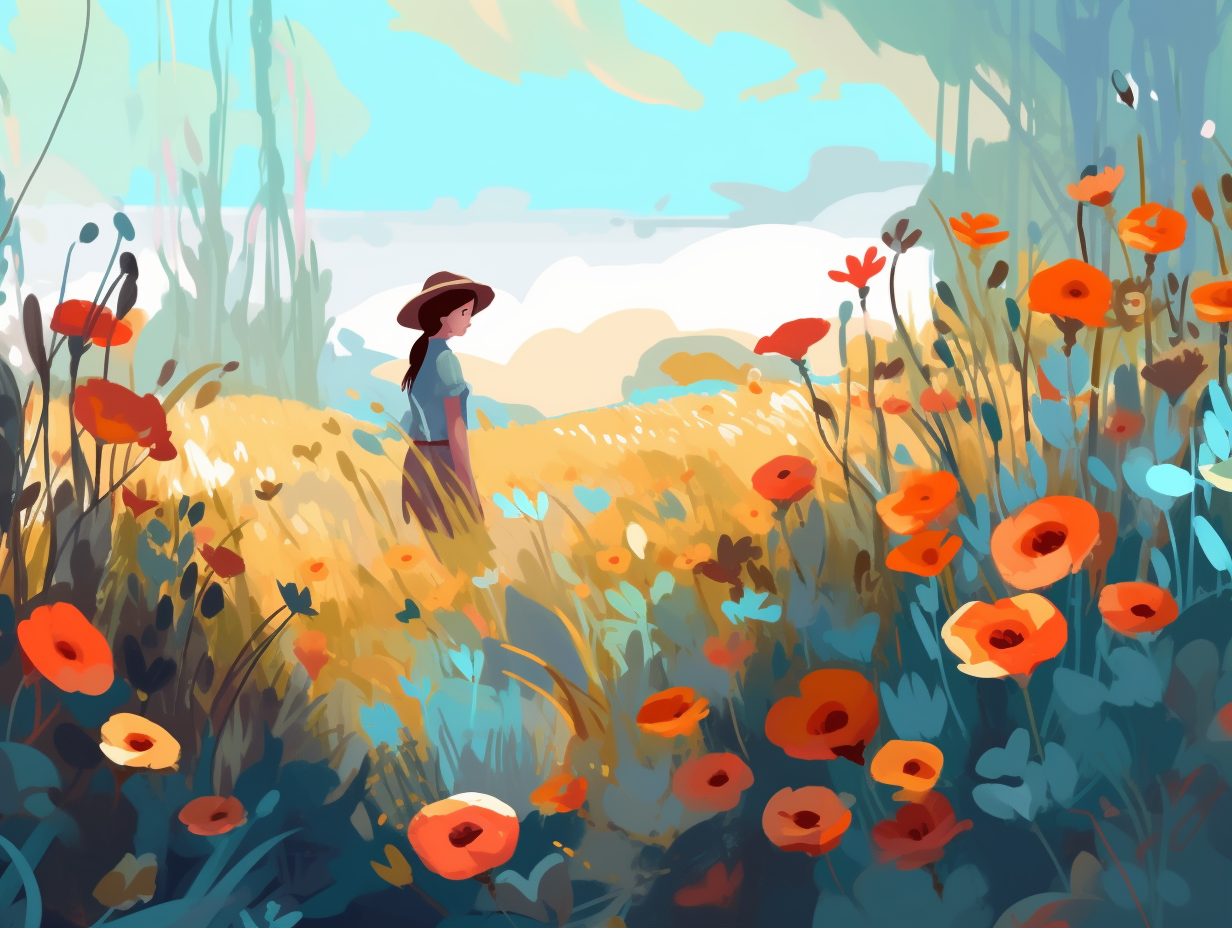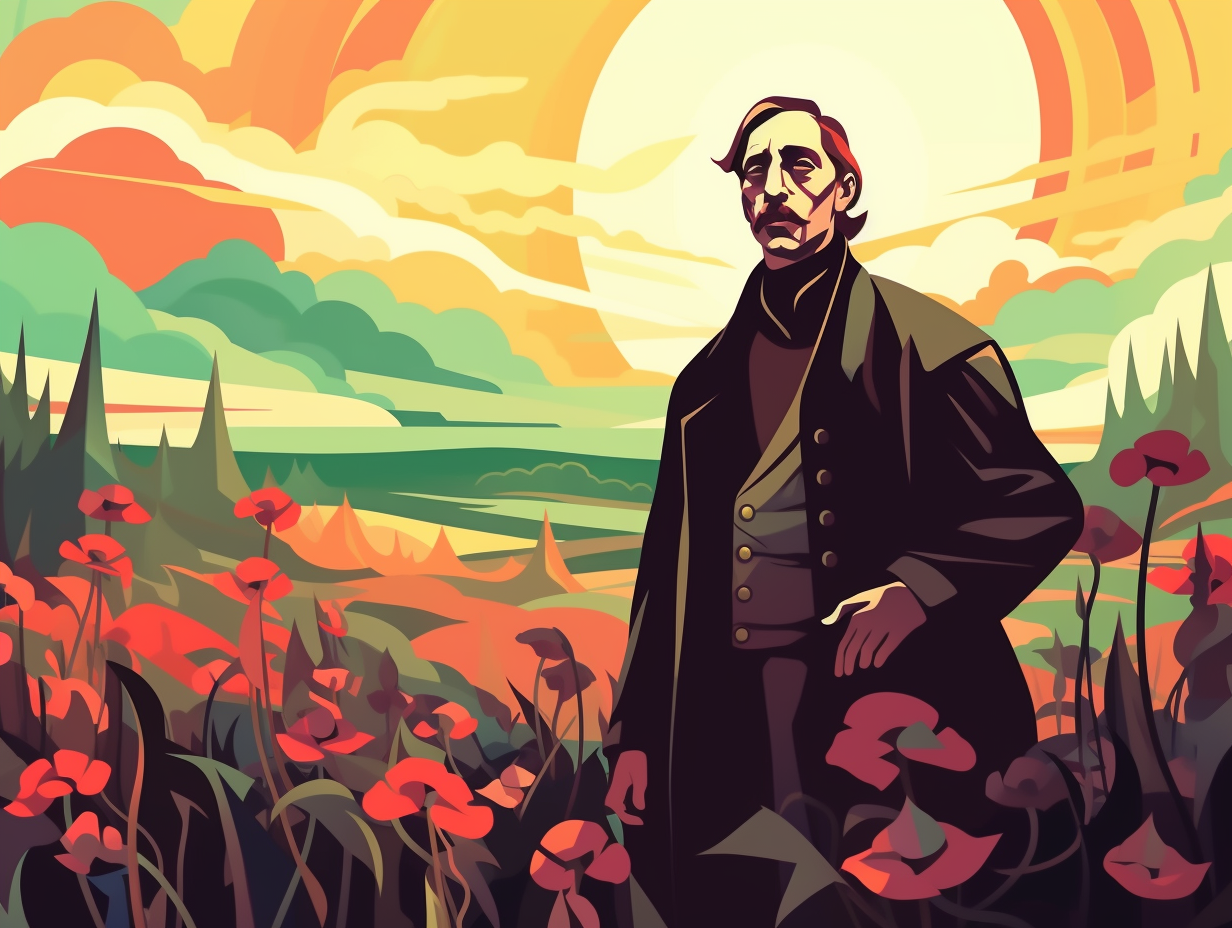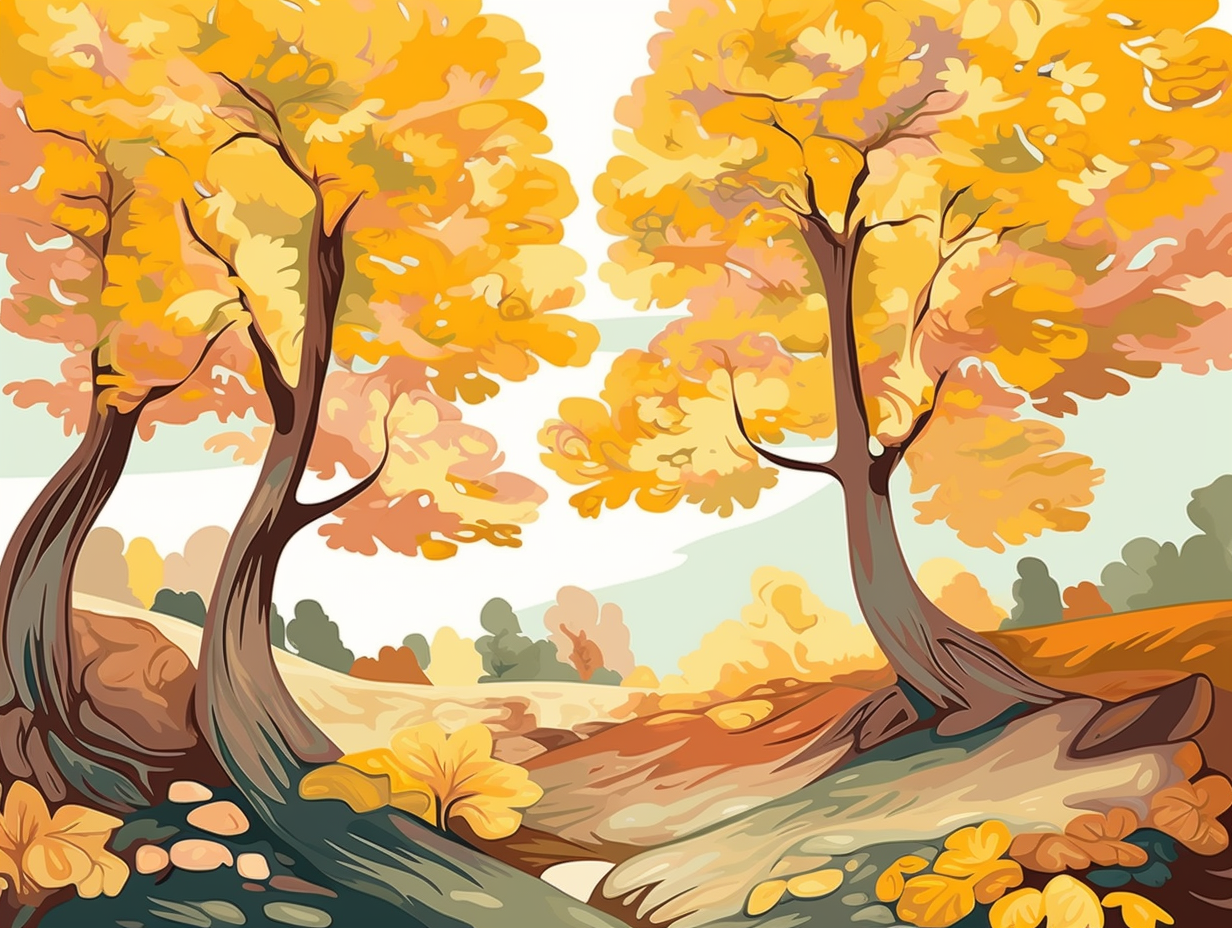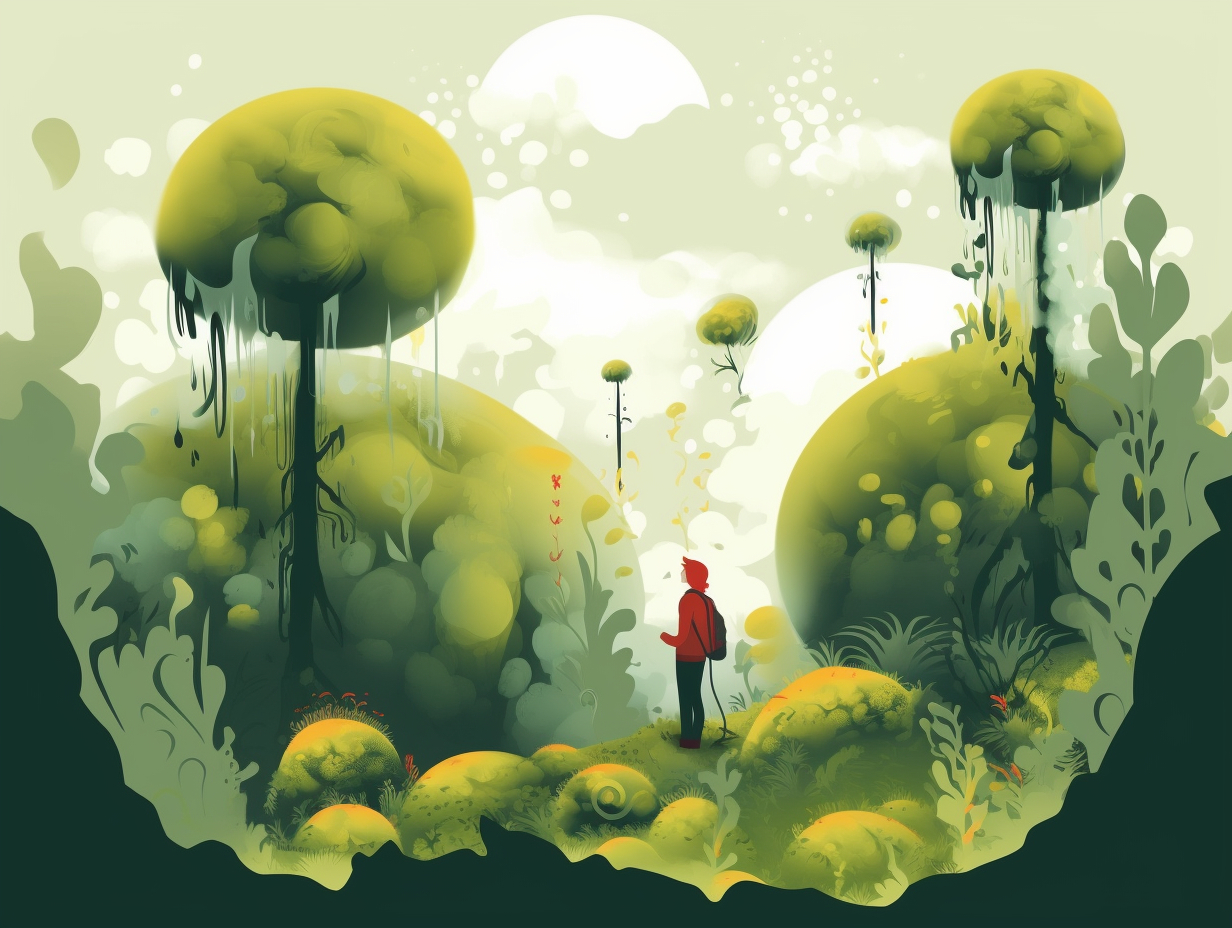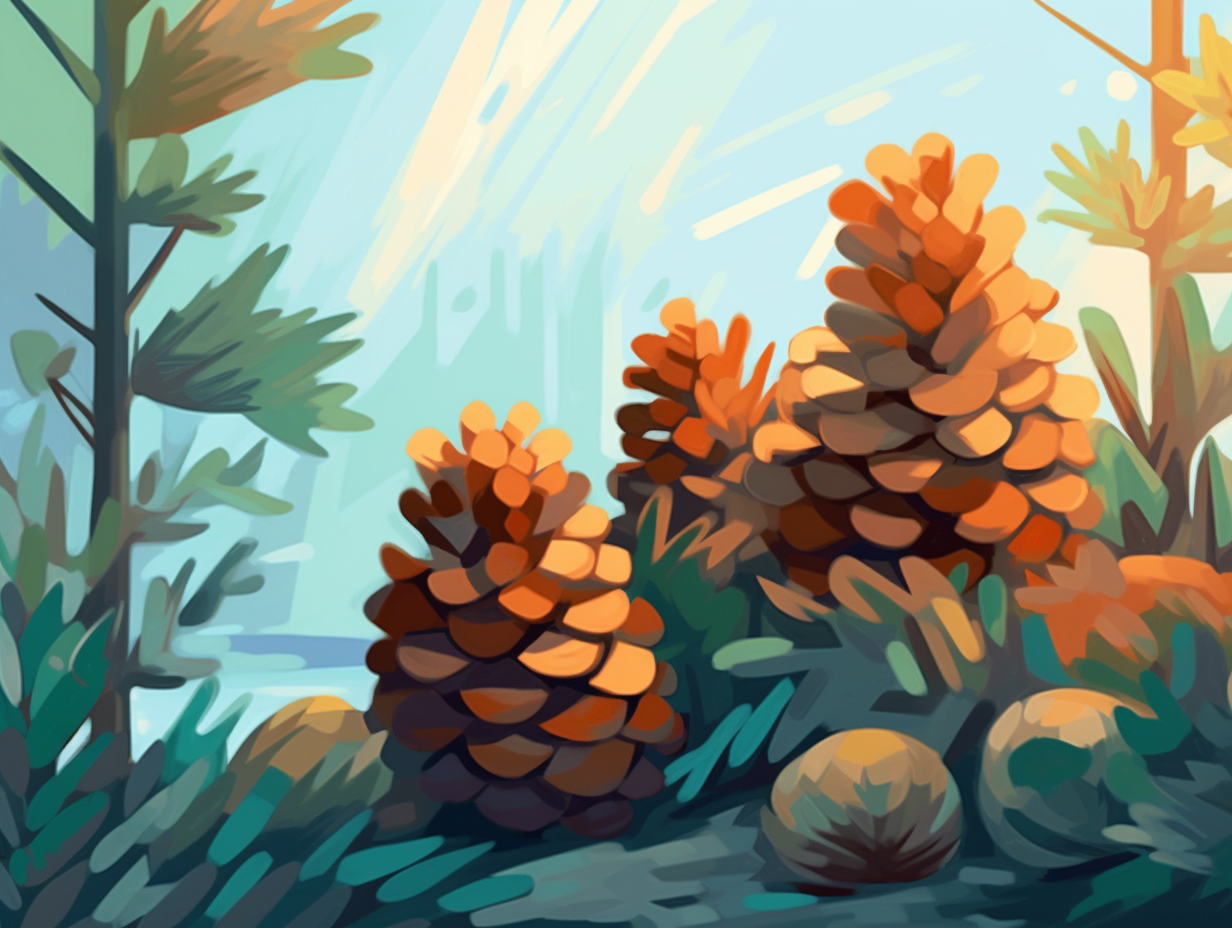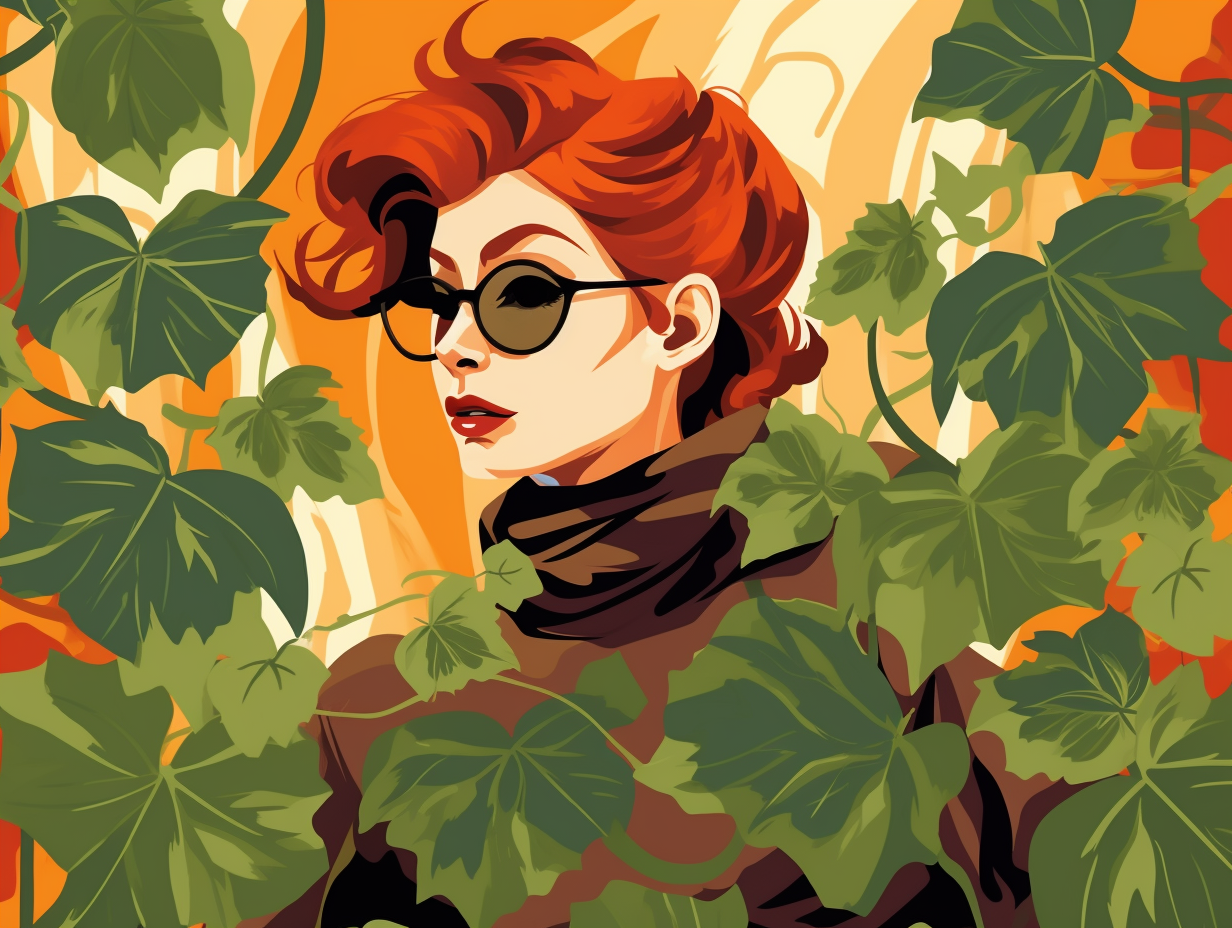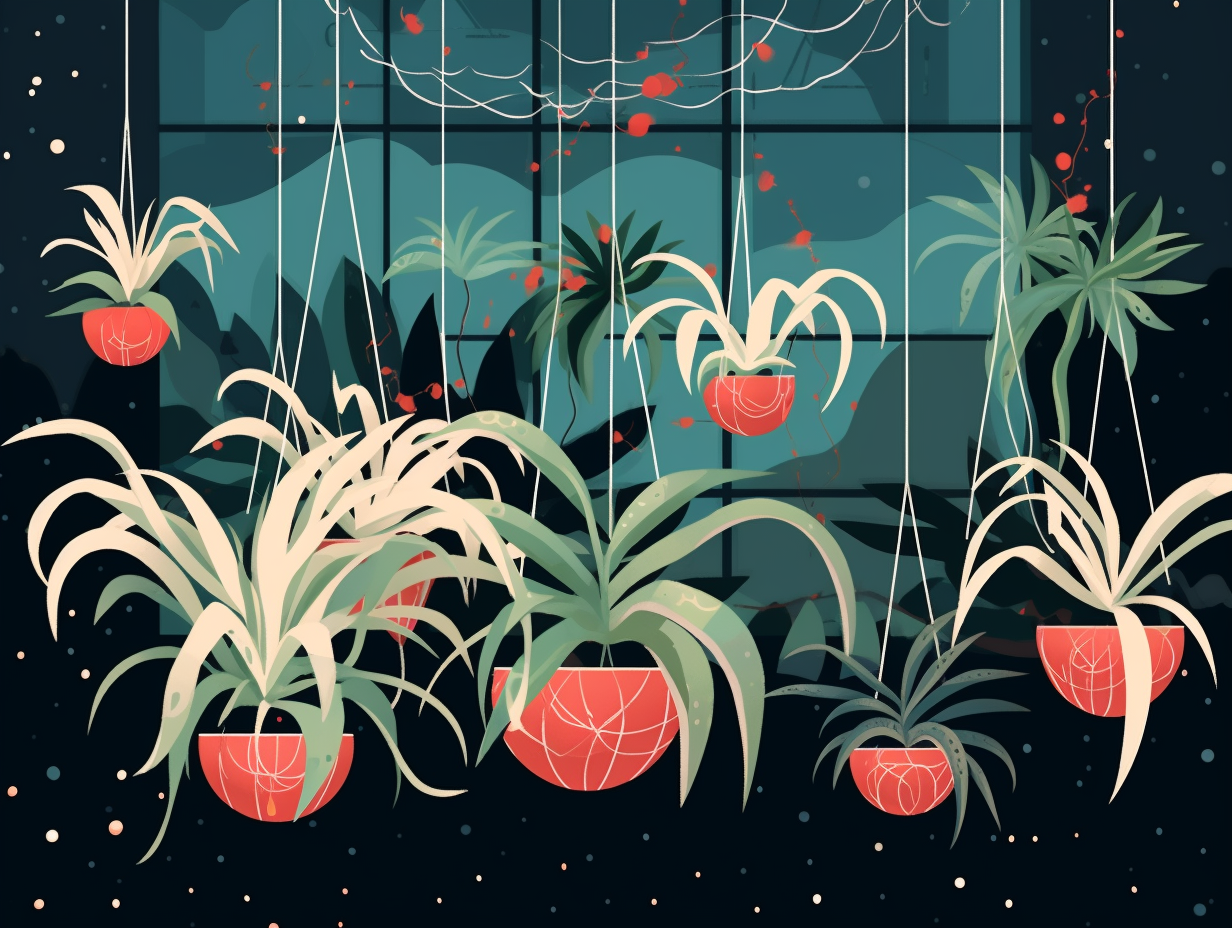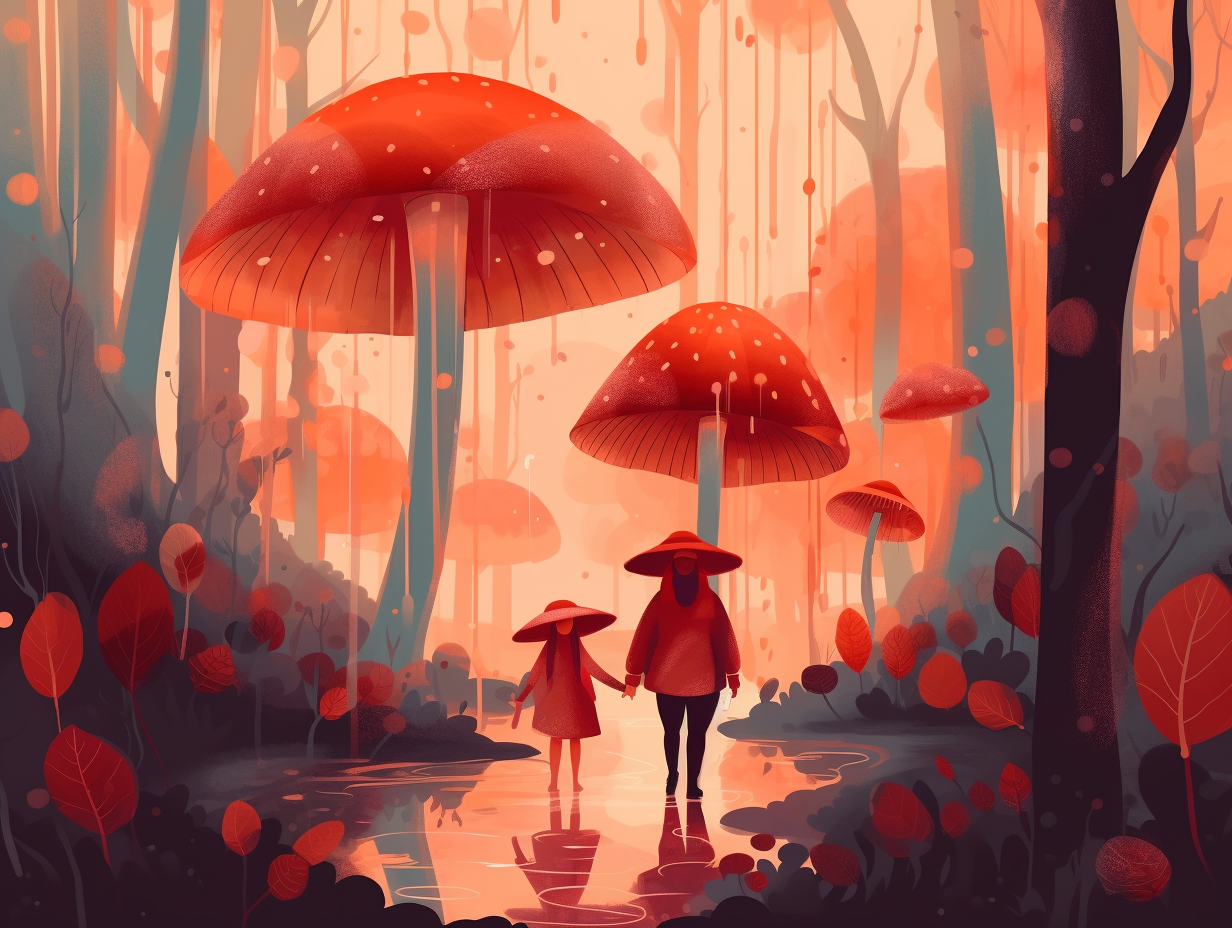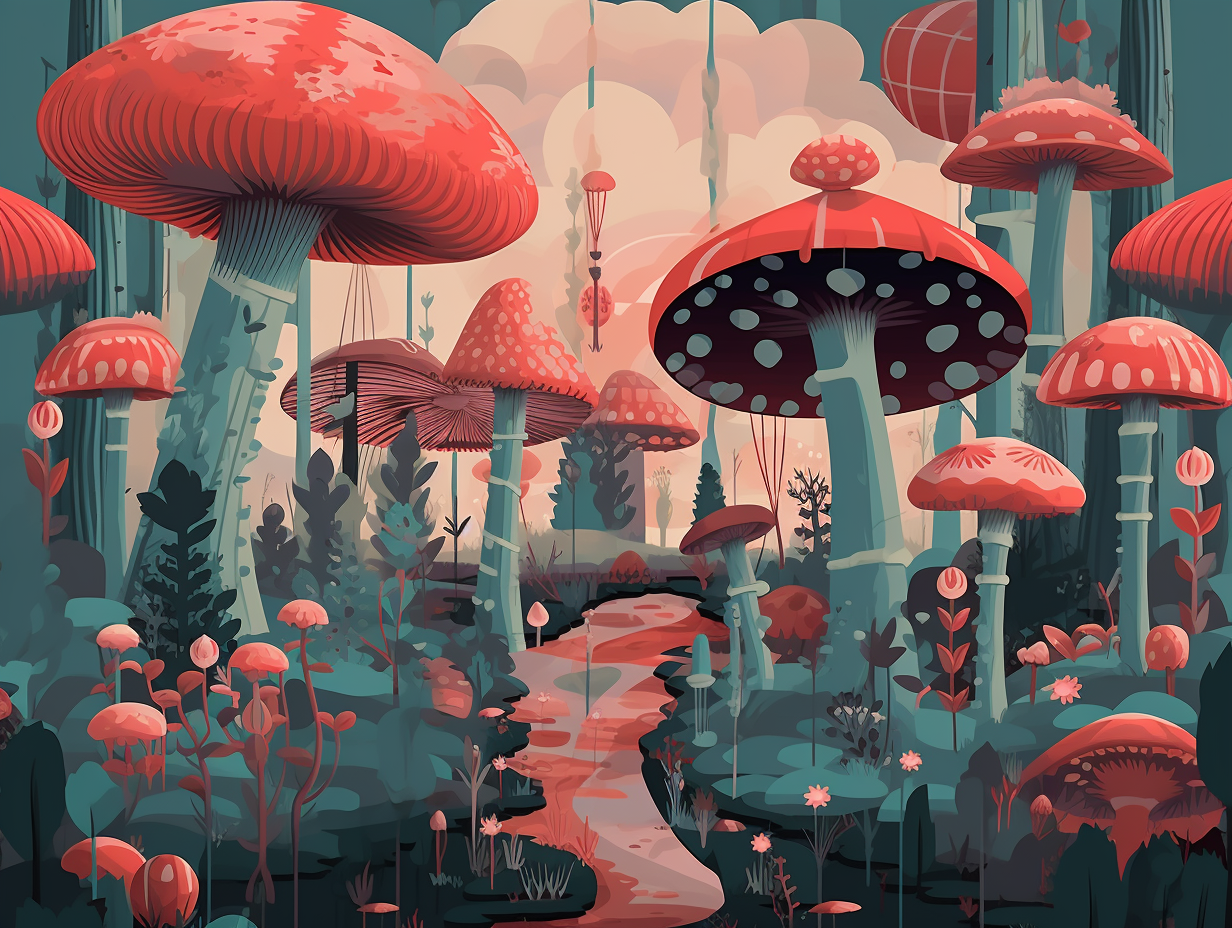11 Amazing Fun Facts About Shamrocks You Never Knew!
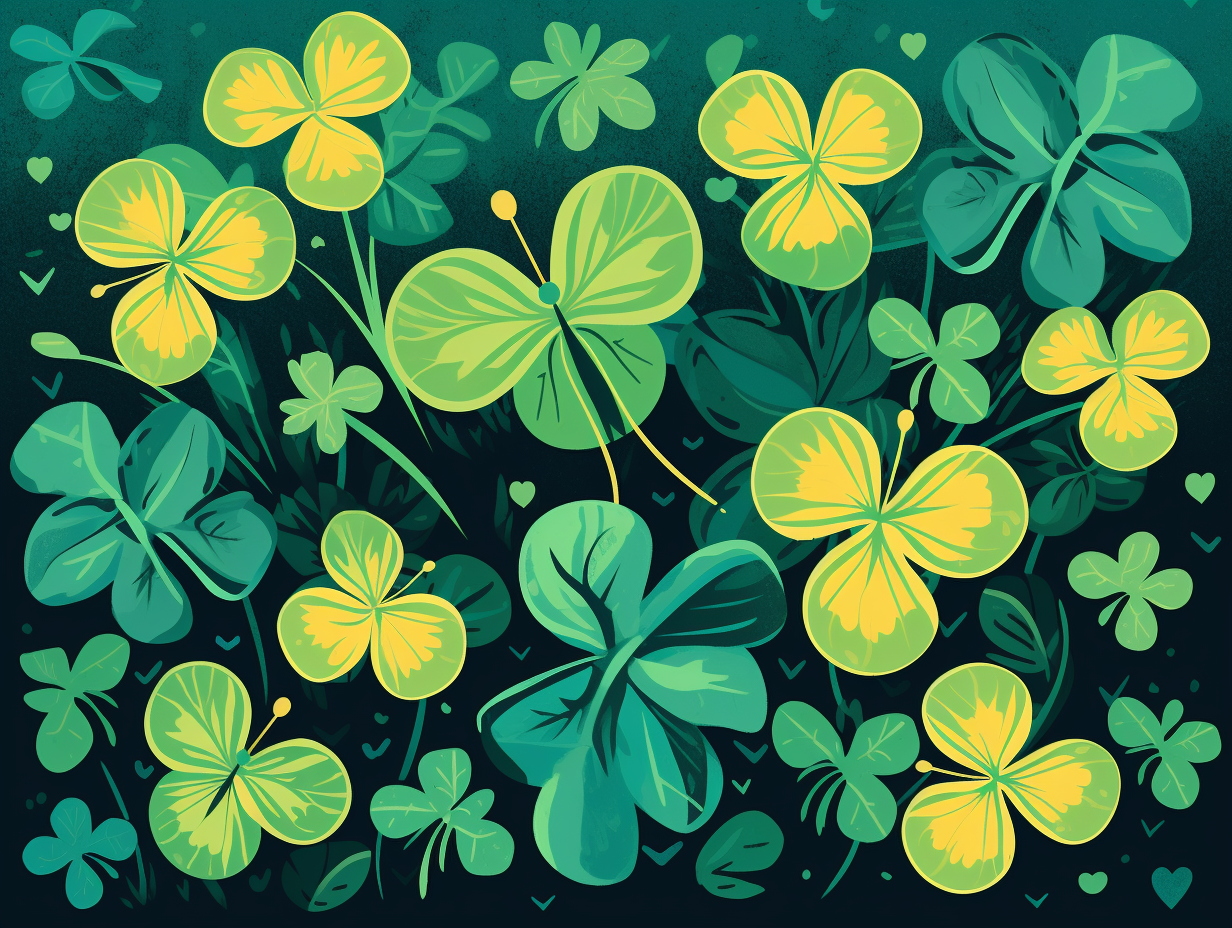
1. St. Patrick's Trinity Wingman
Before Tinder for evangelists was a thing, St. Patrick had the ultimate pick-up line – a little three-leaved wingman named the shamrock: He used this unassuming clover to explain the Holy Trinity concept – God, Jesus, and the Holy Spirit – to help convert pagan Irish folks to Christianity. As for its origin story, the term "shamrock" stems from the Irish "seamróg," which translates to "young clover," but the exact species responsible for getting the Trinity a bit more buzz remains up for botanical debate.
Source => europeana.eu
2. Shamrocks: Versatile as Leprechaun Wardrobes
You may think that shamrocks are set in their trifoliate ways, like a triple-scoop of mint chip ice cream always served with three hearty dollops, but they're more versatile than a leprechaun's wardrobe: Shamrocks can actually sprout anywhere between three to five leaves, depending on their genetic makeup and environmental factors, all while staying steadfast as Ireland's most dearly adored emblem.
Source => houseplant411.com

Did you know that four-leaf clovers are rare symbols of luck, appearing only once in every 5,000? Discover the truth behind the myths of even rarer clover varieties and how to find your very own lucky charm! 🍀
=> Fun Facts about Clovers
3. Jackpot! Four Leaf Clovers' Lucky Odds
They say finding a four-leaf clover is like winning the lottery of luck, but truth be told, it's more like being struck by a leprechaun's pot of gold raining from the sky: In the world of shamrocks, the four-leaf gems are as rare as a good pun, with a mere one in 10,000 chance of finding one amongst their three-leaf brethren! If you do happen to stumble upon a four-leaf clover, however, its leaves symbolize faith, hope, love, and luck, making it well worth a dance around the rainbow.
Source => bhg.com
4. Shamrock: Three's Company, Four's a Party
Shamrocks: the leafy embodiment of "three's company, four's a party!" No, Saint Patrick and the Holy Trinity didn't crash the Celtic clover party: shamrocks and four-leaf clovers owe their lucky charm status to ancient Celtic beliefs. These folks considered the number three to be lucky, making the shamrock's trio of leaves a symbol of good fortune, and the extra-rare four-leaf clover an even luckier find!
Source => blog.villeroy-boch.com
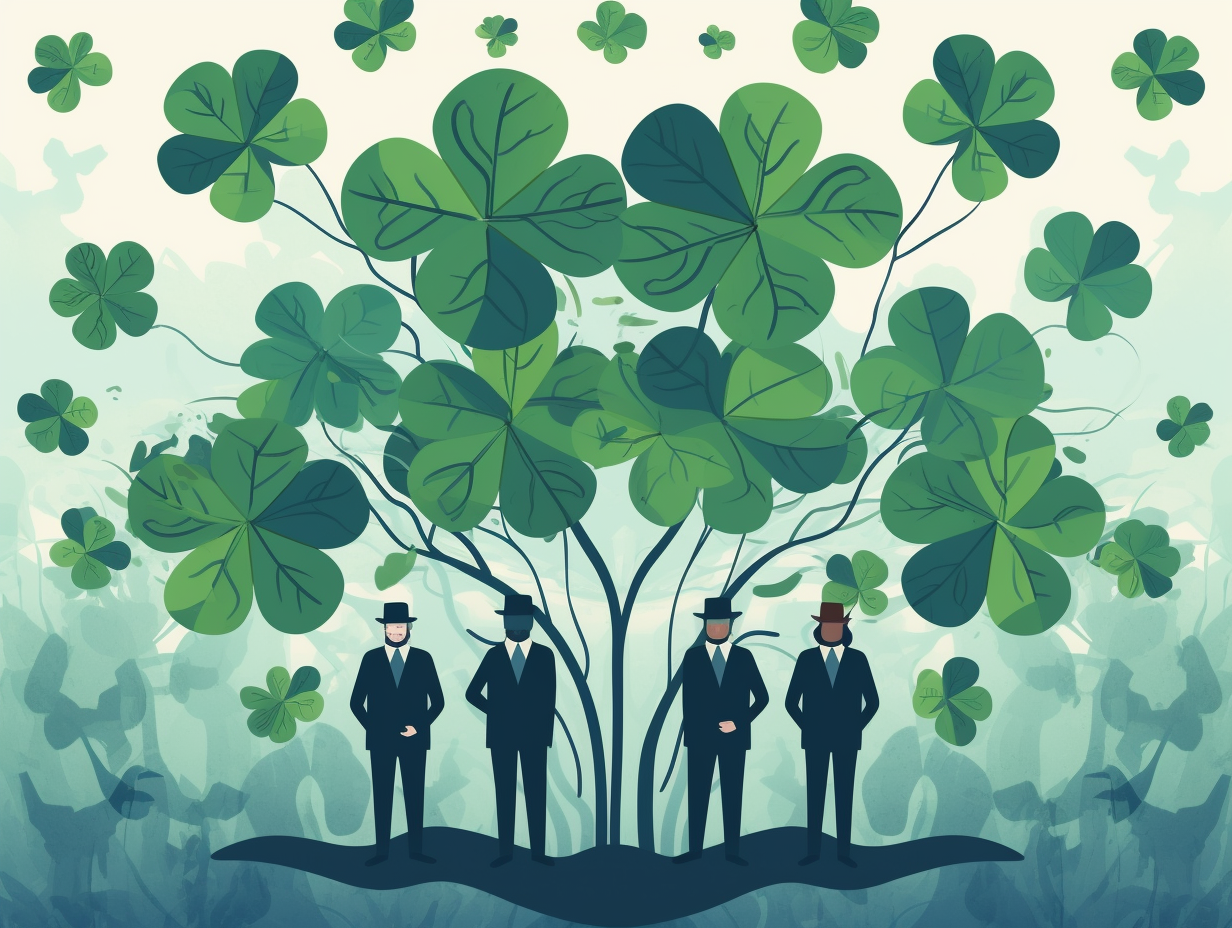
5. Antibacterial Shamrock First Aid
Next time you're feeling green with envy after grazing your knee, try looking for a shamrock instead of a four-leaf clover: Turns out, these three-leafed little wonders actually possess potent antibacterial properties that prevent nasty bacteria from growing and can give a helping hand in healing wounds - talk about Irish luck!
Source => oakleesguide.com
6. Celtic Shamrock: Amulet Against Evil Spirits
While frolicking with leprechauns and chatting with unicorns may be fun, attempting to chit-chat and receive life advice from your favorite green clover may prove to be elusive: Celtic Druids once carried three-leaf shamrocks as an amulet to protect themselves from evil spirits, spawning the belief that these tiny delights carried magical protective powers, but never turning them into rhetorical gurus.
Source => sports.yahoo.com
7. Charles Handy's Shamrock Organisations
Who needs a four-leaf clover for luck when you can build a flourishing business around a three-leaf shamrock? But don't start hunting in your garden just yet: Charles Handy's popular 1989 concept, Shamrock Organisations, is actually a clever management idea that categorizes different types of workers within a company – no greenery required!
Source => businessballs.com
8. Shamrock vs. Four-Leaf Clover
Well, butter my biscuits and call me clover: The iconic Irish shamrock actually isn't a fancy four-leaf clover gone rogue! Botanists still debate which clover species the shamrock is, but most agree on the White Clover; its trio of leaves symbolize the Holy Trinity, while the elusive fourth leaf on a clover brings luck to the fortunate finder - a feature not found on Ireland's beloved emblem.
Source => tenontours.com
9. Shamrock: The International Flirt
Forget leprechauns and pots of gold: Ireland may have been pulling your leg all along with their beloved shamrocks! These cheeky little clovers have broken free from their Emerald Isle roots, and have been flirting with other European countries for quite some time now. Turns out "Irish" is more of a vibe than a nationality for these botanical daredevils: Shamrocks, derived from the Irish word seamróg meaning "young clover", can actually be found growing across Europe, and are more a symbol of Saint Patrick's explanation of the Holy Trinity than Ireland's national emblem.
Source => europeana.eu
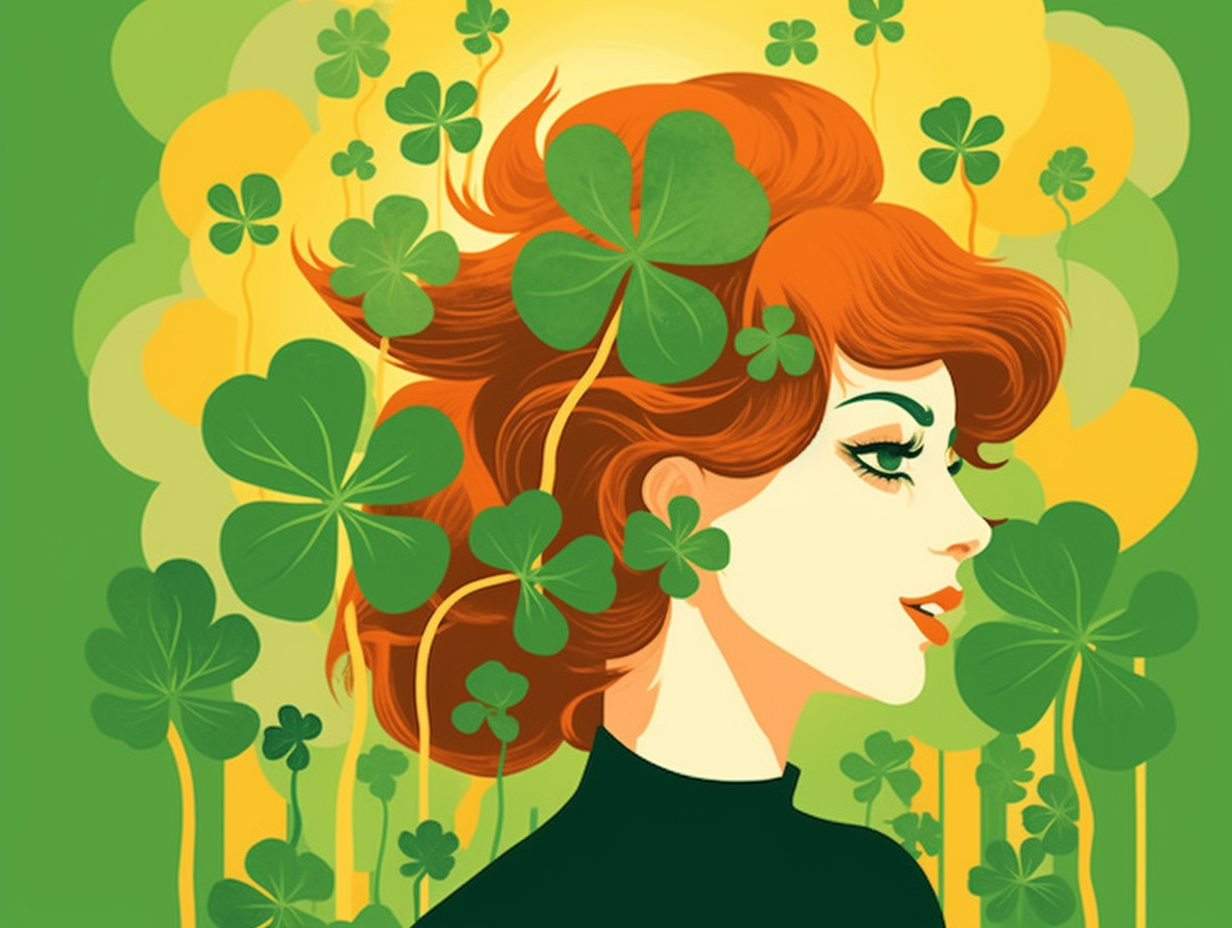
10. Shamrocks: Toxic to Pets
In a cruel twist of fate worthy of a Shakespearean tragedy, the shamrock, the very symbol of good luck and all things green and jolly, harbors a dark secret waiting to unleash a reign of terror on our unsuspecting furry companions: Unbeknownst to many, these innocent-looking leaves are toxic to both cats and dogs, causing symptoms that range from vomiting to kidney failure, and thus warrant swift intervention from professionals in case of ingestion to safeguard our beloved pets.
Source => picturethisai.com
11. Oxalis: The Colorful Shamrock Siblings
Shamrocks, the leafy green wunderkinder of backyard botany, clearly didn't sign up for their monochromatic destiny: Oxalis triangularis bursts forth with lilac flowers but supercedes its rival sibling, Oxalis regnellii, which boasts white blooms - all within the comforts of spring and nearly year-round, respectively.
Source => calloways.com
Related Fun Facts

